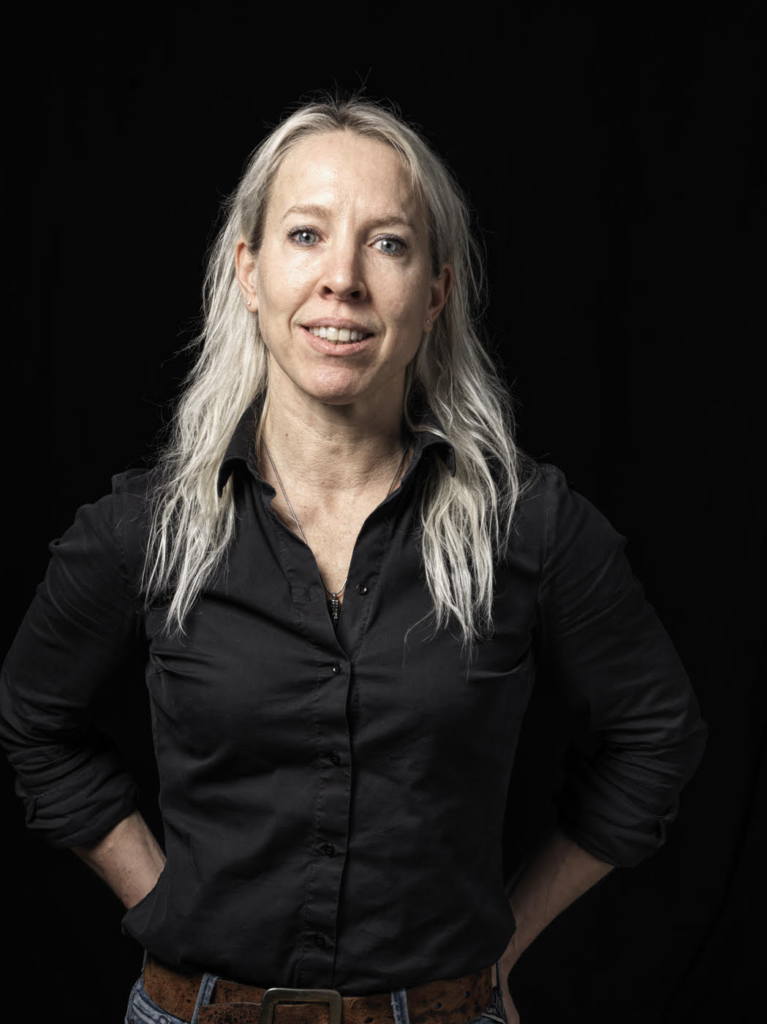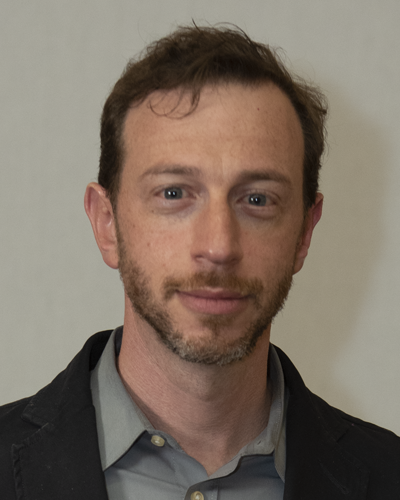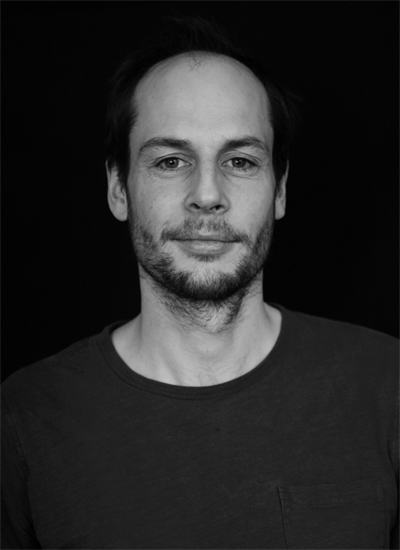Col Christine FW Vermeulen, MD PhD FEBVS, Trauma & Vascular Surgeon, Medical University of Innsbruck

As the 4th generation of military (wo)men in my family I have always felt the inspiration to help in war zones. I am a vascular and trauma surgeon from the Netherlands. Until late 2021, I worked in the Erasmus Medical Centre in Rotterdam and as an active duty military surgeon in our army. I then started to work for MSF (Doctors without Borders) and ICRC (the International Red Cross) among others. I have done missions in Iraq, Afghanistan and in Africa. For me the uniform I’m wearing is irrelevant. I love to contribute wherever I am needed and I feel humbled and inspired every day by what I learn from my patients, my team and the people that live with conflict and poverty. After the years of deployment I now have a post as a vascular surgeon in the University Clinic in Innsbruck, Austria.
Behind Enemy Lines – Vascular War Trauma
Trauma in war and other conflict areas usually presents in an environment that is confronted with danger, a high percentage of life and limb threatening injuries caused by a multitude of different weapons, in extreme temperatures and with low resources.
Vascular injuries are generally the worst enemy. For the casualty and for the medical/surgical team, both in the field and in the treatment facility. Because there is no time for error or deliberation and the solution can be complicated and beyond the familiar daily routine.
In the background of one of the devastating war zones in the past decades as well as some ongoing conflict areas, vascular war trauma is presented with practical tips and trics to manage this threat in an effective way.
Penetrating injury can be categorised by low/high velocity injury or different afflicted body parts. Both the trauma mechanism and the affected region are of influence to the damage done. The regions most affected in a military environment are the neck, the limbs and the abdomen due to the location of protective gear. Several cases are presented showing general principles for vascular approach, control and reconstruction and specifics for timing (damage control versus definitive repair), physical region and actual capabilities.
Jesse Mez, MD, MS, Associate Professor, Department of Neurology, Boston University

Jesse Mez, MD, MS is an Associate Professor of Neurology at Boston University (BU) Chobanian and Avedisian School of Medicine. He is the Associate Director of the BU Alzheimer’s Disease Research Center (ADRC), Co-Director of Clinical Research of the BU Chronic Traumatic Encephalopathy (CTE) Center and co-leads the Framingham Heart Study Brain Aging Program Clinical Core. He is also an AD Genetic Consortium and AD Sequencing Project Investigator. He joined BU’s faculty in 2013, where he has been an integral player in the field of CTE and AD. His research seeks to understand the genetic, neuropathological, epidemiological, and clinical aspects of AD, CTE, and related dementias. Ongoing research themes include 1) the relationship between traumatic brain injury, exposure to repetitive head impacts from contact sports and military service, and dementia-related outcomes and their interaction with genetic factors, 2) clinicopathologic correlation in CTE with the goal to accurately diagnose CTE in life, 3) genetic architecture, neuropathology and clinical course of AD subtypes, as defined by variation in neuropsychological presentation and 4) interaction between genetic and environmental factors and risk for and resilience from AD. He is a Principal Investigator or Core/Project Leader, on seven NIH and DOD-funded grants and is an author of more than 125 research articles, reviews, editorials, and book chapters. He also cares for patients with AD and related dementias, including those at risk for CTE in the BU/Boston Medical Center Memory and Aging Clinic.
Head trauma in the community, contact sports and the military: Disentangling heterogeneity to clarify head trauma’s relationship with later life neurodegenerative outcomes
Head trauma has long been considered one of the strongest environmental risk factors for dementia, though the strength and stability of this association is inconsistent across studies. There is incredibly heterogeneity in head trauma, across the community, in contact sports and in the military. Likewise, there is incredible heterogeneity in dementia-related outcomes, both clinically and neuropathologically. Therefore, teasing out relationships between head trauma and dementia-related outcomes is enormously complex. Boston University (BU) is home to several large studies that offer a unique opportunity to investigate these head-trauma-dementia relationships. BU’s Understanding Neurologic Injury and Traumatic Encephalopathy (UNITE) Brain Bank has the world’s largest number of brain donors (>1,500) with exposure to repetitive head impacts (RHI) from contact sports and military service. From studying these donors, we have learned that the accumulation of many impacts over the course of years in a dose dependent fashion, appears to be the major risk factor for chronic traumatic encephalopathy (CTE), a neurodegenerative disease defined by its pathognomonic lesion of hyperphosphorylated tau pathology in neurofibrillary tangles around blood vessels at the depths of the sulci. We have also learned that RHI appears to be a risk factor for other neurodegenerative pathologies that, unlike CTE, also commonly occur in the absence of head trauma. In existence since the 1940s, the Framingham Heart Study (FHS), also housed at BU, is arguably the world’s most famous epidemiological study. Responsible for many groundbreaking findings related to heart disease, it now also contains rich longitudinal phenotypic data on cognitive aging, as well as on head trauma. More recently, we have comprehensively reviewed more than 10,000 participant charts for evidence of head trauma, as well as surveyed participants about their contact sport and military exposure. This talk will review some of our sentinel findings from the UNITE Brain Bank, and present exciting new work from FHS with the goal of showing how carefully characterizing the heterogeneity of head trauma may inform risk prediction, as well as prevention, diagnosis and treatment of later-life neurodegenerative outcomes. It will finish by linking these findings to military-related head trauma and how it offers its own set of challenges and opportunities in caring for veterans with cognitive, mood and behavioral symptoms in later-life.
Cpt Harry Parker, Writer and Artist, London

Harry Parker is the author of Anatomy of a Soldier (2016), translated in eight languages. He grew up in Wiltshire, and was educated at Falmouth College of Art and University College London. He joined the British Army when he was 23 and served in Iraq in 2007 and Afghanistan in 2009 as a Captain. He is the Deputy Director of the Royal Drawing School and lives in London.
Life beyond survival: 15 years of living with blast injury.
Harry Parker was injured in the Afghanistan in 2009. In this talk he will reflect on the last 15 years and how his injuries and the way he received them have impacted his life. He will discuss how technology has reshaped his body and identity, and how his relationship to the institutions that provide care have evolved.

